From ceramics and sculpture to drawing and tattooing, Molly Roberts is a Joburg-born and based artist making their mark through a variety of mediums. Roberts' evocative, prickly ceramics are what caught our eye upon a recent visit to a curious new space in Richmond known as The House of Special Things; home to a cohort of interesting young artists and fellow fine arts graduates from the University of Johannesburg (UJ) and the University of Witwatersrand (Wits) whose collaborative approach offers a refreshing departure from the idea of an artist as a solo practitioner.
"We pooled our limited resources to scrape together enough rent for a space we could build into our own little hot pot of creation," says Roberts. There's nothing else quite like The House of Special Things in Joburg, and it's encouraging to see a collective of artists forging a path forward in this way. In addition to creating their own work there, this generative space plays host to regular figure drawing classes and art workshops.
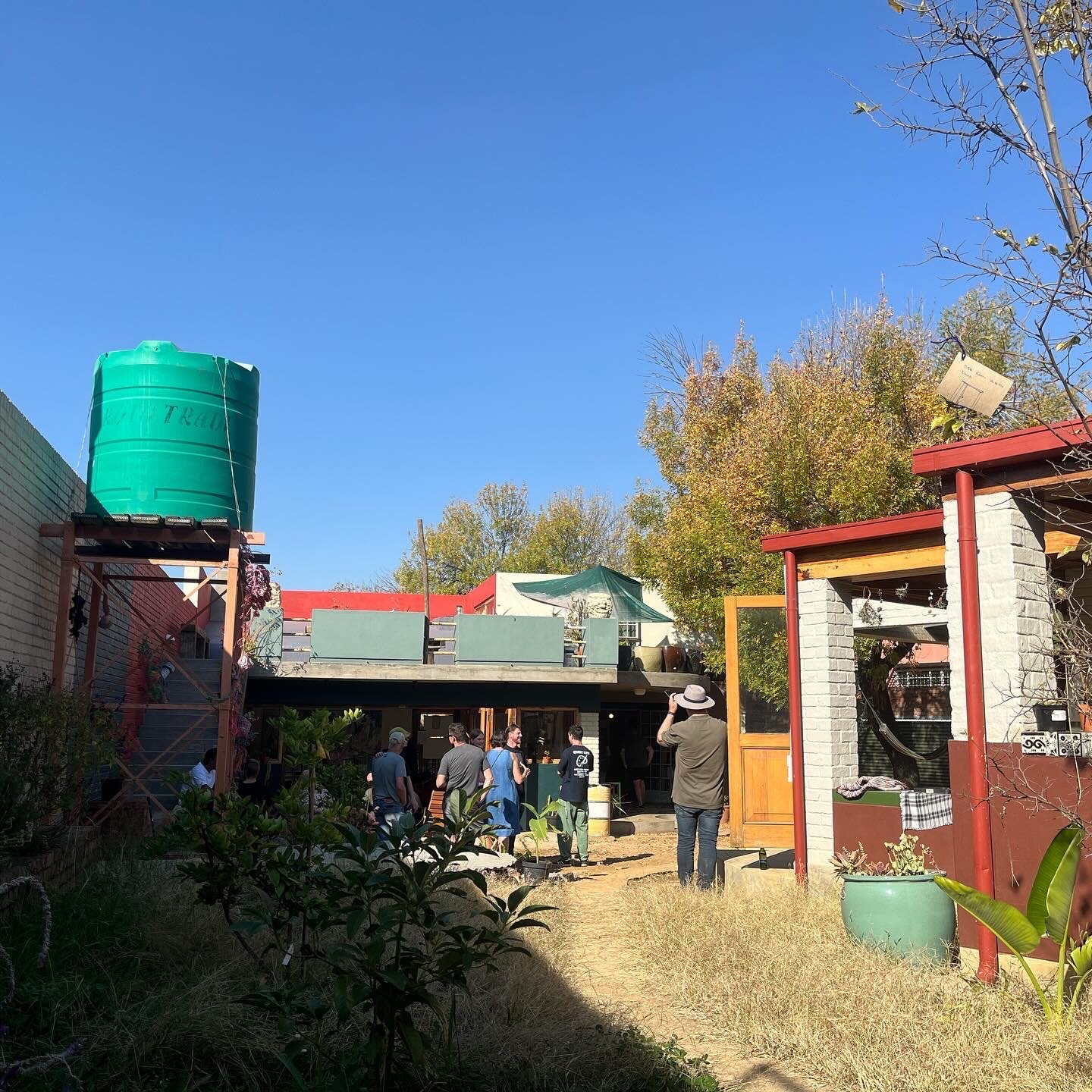
The balance between chance and choice fascinates Roberts, who often uses dice to guide their creative decisions. With Kalashnikovv Gallery, a few of Roberts' signature ceramics travelled to the 2024 edition of 100% Design. Born from a place of self-protection, these spiked vessels are the artist's response to stereotypical notions around femininity; they are "hard and sharp and angry; the things the feminine is not allowed to be", Roberts tells us.
With an abiding love for Joburg and getting swept up in the city's energy, we spoke to Roberts about finding their way in the world of art, the joys of cross-pollination, new life for an iconic Pink Church, and the best spot for Thai food in the city.
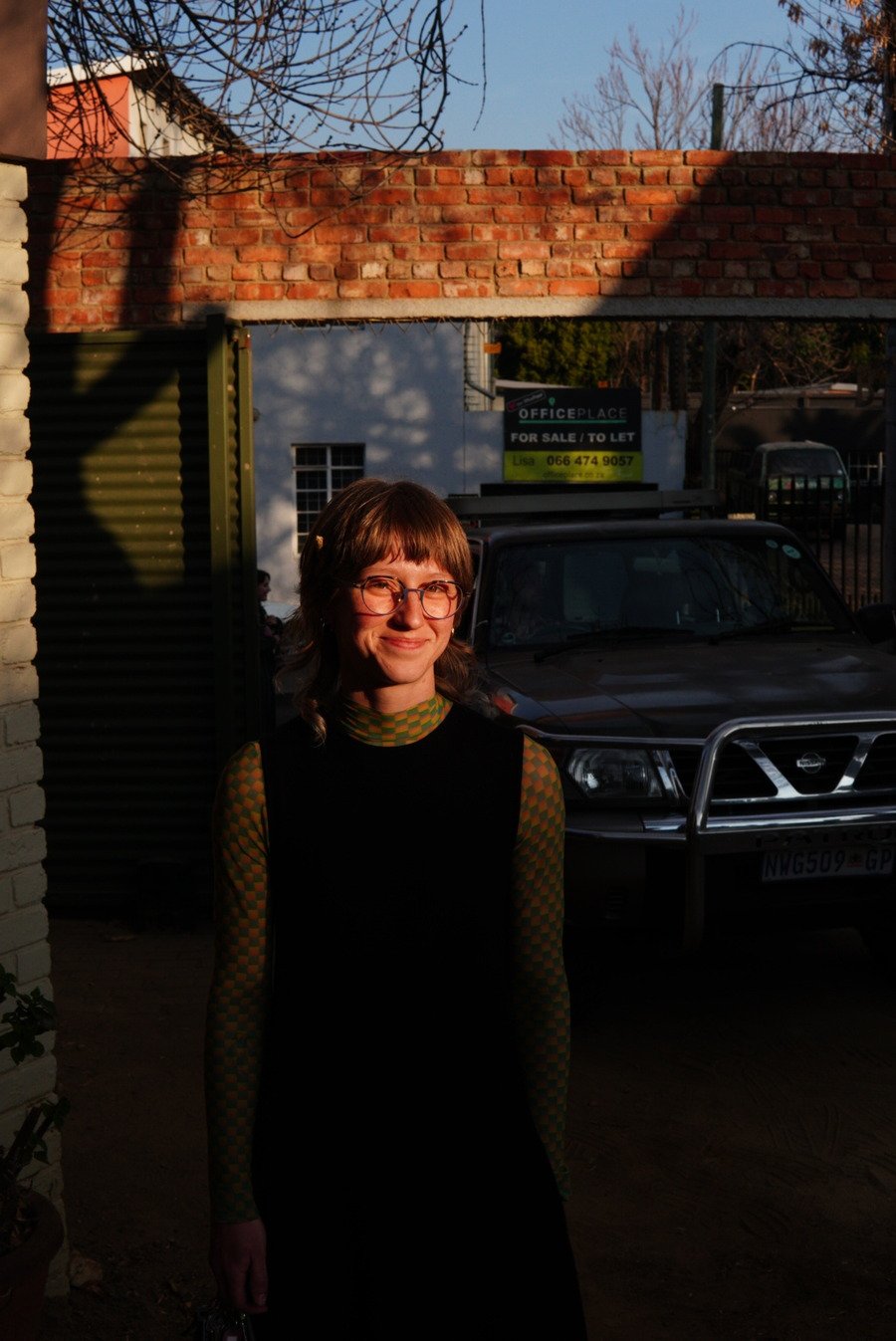
"Joburg's underground scene is the most exciting to me; the people putting on their own small-scale exhibitions, the graffiti artists who cover our city in art, the musicians and poets who hang out in bars and share their creations in smokey rooms that smell of beer."
What prompted you to study visual art at UJ?
After two years of doing arbitrary short courses and travelling I realised that the thing I wanted most was practical skills, and the UJ Visual Arts Department offered the widest range of technical skills taught with a fine arts intention.
What's life been like since graduating?
My graduation was only a couple of months ago, and life has moved so fast since finishing my honours in November last year. I was lucky enough to accompany my mum on a trip to New York, where I was dropped into the immense expanse of the world of art, and the world at large. Upon my return to Johannesburg, it felt like a thousand opportunities opened up, and I'm only beginning to unravel those threads.
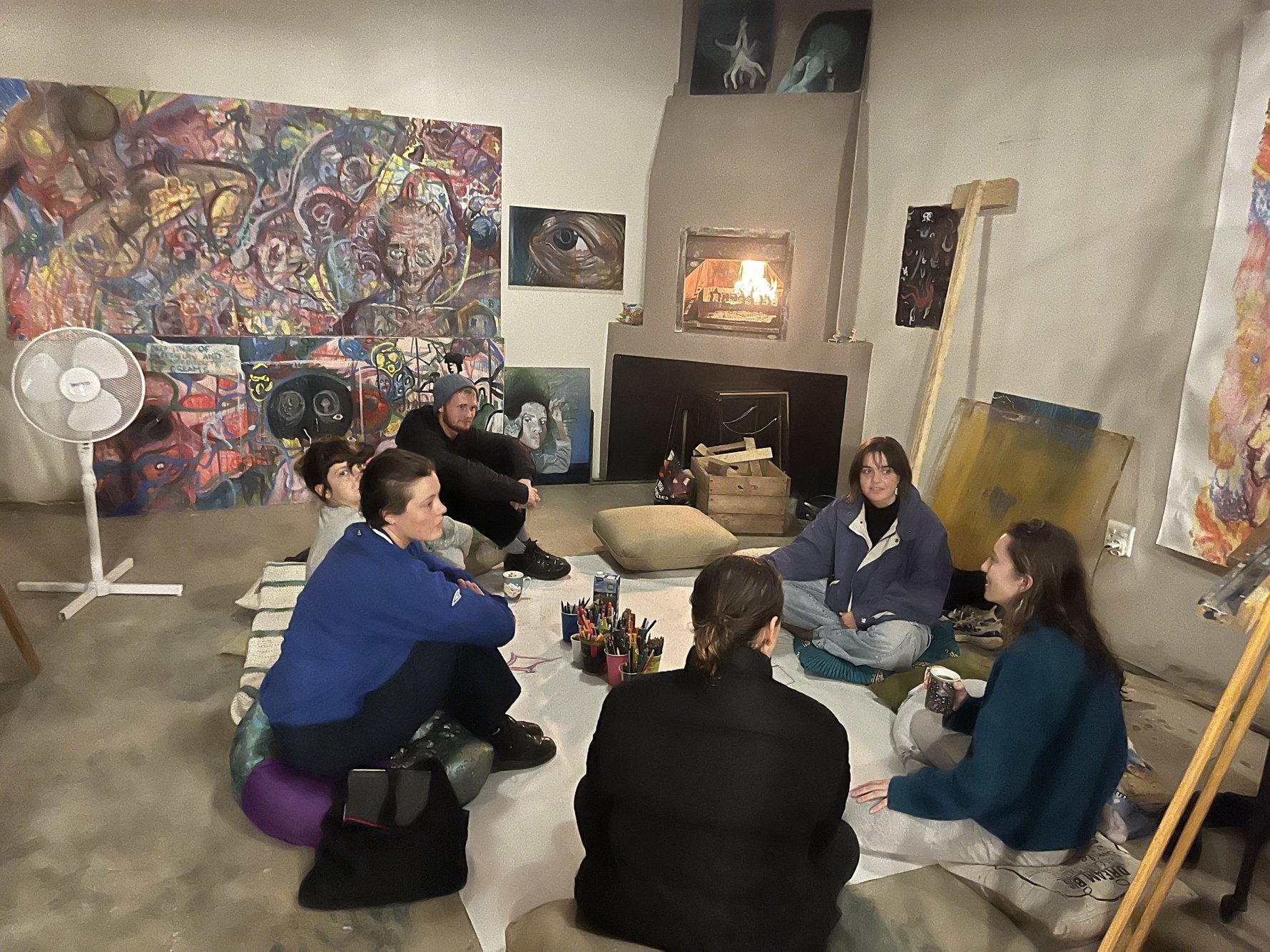
Together with friends, you started The House of Special Things in Richmond. Tell us more about the intention behind this unusual space.
It began with a group of recent graduates complaining that we no longer had access to the studio spaces on campus, and not just the physical space but the collaborative temporal space, where we shared ideas, talked about everything and nothing and could bask in the inspiration of our colleagues. To be a practising artist, you must practise. And so, we pooled our limited resources to scrape together enough rent for a space we could build into our own little hot pot of creation.
What are the Special Things?
We are the Special Things. Namely, Gabriel Matthews and Silvy-Li Matthews, Joshua Alexander and Griffen Alexander, Kiah Inglethorpe-Salisbury, Olivia Pintér, Noa Hall, and myself, Molly Roberts. We all have very different practices, some visual artists, some writers, some in-betweens, and this particular concoction of personalities and ideas creates an incredible potential for cross-pollination. The special mix of people and processes are the special things, and, in turn, create special things by intermingling.
"In the art world, there is an ethos of every man for themselves, but it's through collaboration, community, and networking that the majority of artistic endeavours are made possible."
How does one visit The House of Special Things?
We are open by appointment during the week (email houseofspecialthings@gmail.com) but have regular figure drawing and workshops that you can find on our Instagram, @house_of_specialthings. We are also starting a series of open-call projects, a short fiction writing competition, and an open-call group exhibition, which you can find more information about on our Instagram. We also do free monthly workshops for Keyes Art Night at Keyes Art Mile, in the Atrium of the Trumpet building, and are starting classes at some local schools. We are hoping to expand these workshops to include monoprints, drypoint and lino printing, writing, painting, bookbinding, ceramics, and many more mediums.
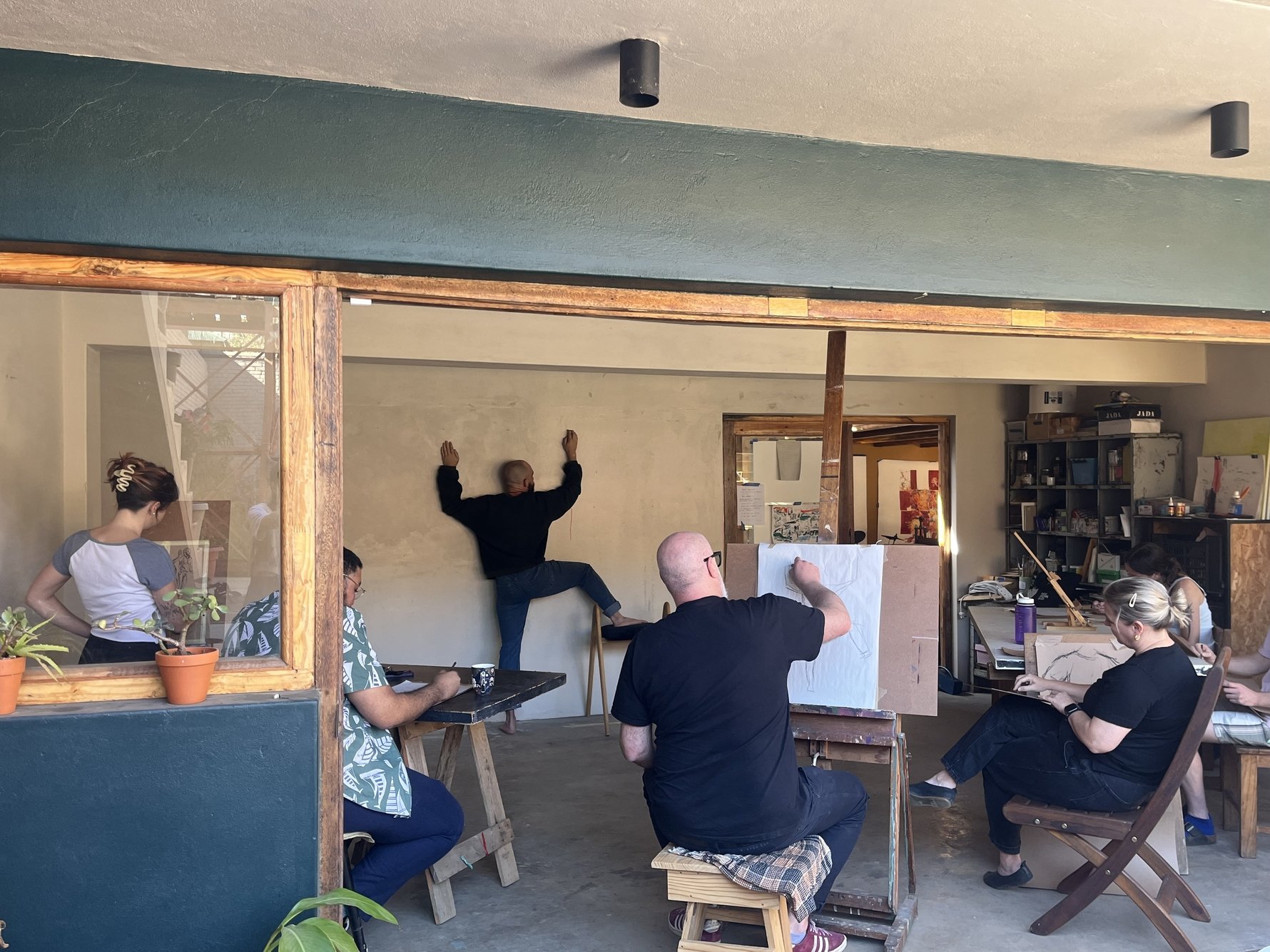
Tell us about the property on which the house is situated, and what makes it so interesting.
When you arrive, you're greeted by an enormous brick wall, and there's no indication of what could be lurking beyond. There are two buildings on the property, which we have named the Big House and the Blue Studio. The Big House is one of the oldest buildings in the area, and there is a well on the property from the 1820s.
For many people being an artist is a solitary endeavour. Why have you all chosen to walk this path with others?
In the art world, there is an ethos of every man for themselves, but it's through collaboration, community, and networking that the majority of artistic endeavours are made possible. None of us could afford studio space alone, nor would we want to be stuck creating in isolation. There is a particular kind of inspiration that comes from being soaked in each other's work, and at least for me, most of my work comes from extended conversations about nothing much. I've always felt that there were too few ladders to the top in the art world, and The House of Special Things feels like we are building scaffolding, great platforms from which we can hold each other up and grow ever upwards.
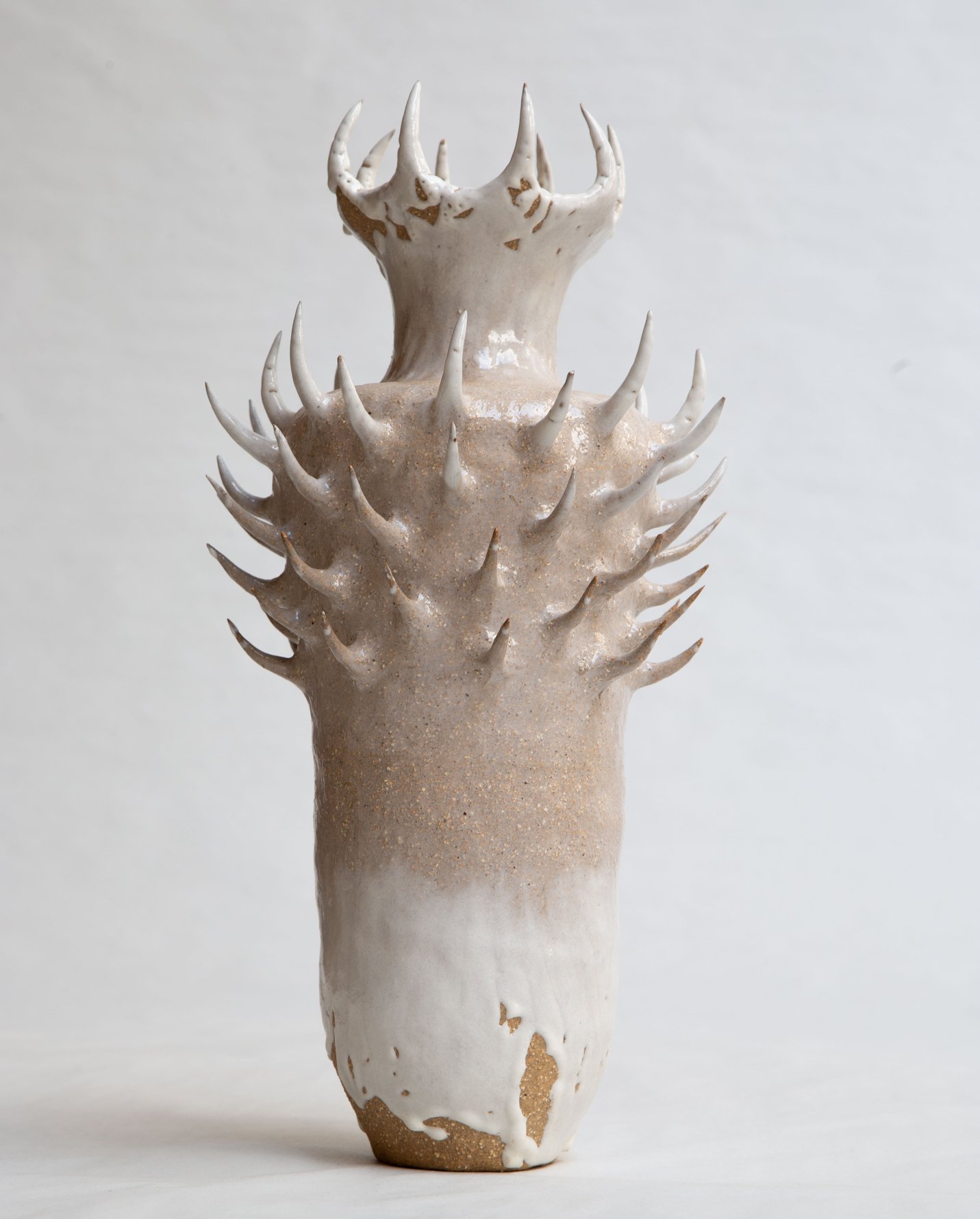
Some of your ceramic work will be at 100% Design with Kalashnikovv Gallery, a striking achievement for a young artist. How did this come about and what inspired the work?
It was a lucky turn of fate. I go to [ceramic] classes with Caroline Viera on Wednesday evenings, and Zanele Khumalo of Kalashnikovv goes on Tuesday evenings. As the story goes she saw some of my pieces that had come out of the kiln and asked Caroline for my details, we organised a studio visit, and the rest fell into place.
Tell us about your "prickly" ceramics?
My Spikey Pots came from a place of self-protection. Ceramics as a medium holds so much conceptual weight, something that begins soft and mouldable and through the heat of the kiln becomes as hard as rock, and yet still in ways fragile. Vessels have been used as metaphors for the feminine since prehistory, and my response to this was to create vessels that can protect themselves, that are hard and sharp and angry; the things the feminine is not allowed to be.
"There's something to the permanence of ceramics, which is probably the same thing that drew me to tattooing. A legacy set in stone or skin."
While your work spans many mediums, including tattoos, what is it about ceramics in particular that you love?
The physicality of ceramics has a meditative quality, as soon as your fingers touch the clay they want to squeeze and push and pull. My mind goes almost entirely blank when I'm potting, and the flow state of allowing your hands to lead the process rather than your mind creates a place in which subconscious issues can be worked out, and a gentle quiet can surround your mind. There's also something to the permanence of ceramics, which is probably the same thing that drew me to tattooing. A legacy set in stone or skin.
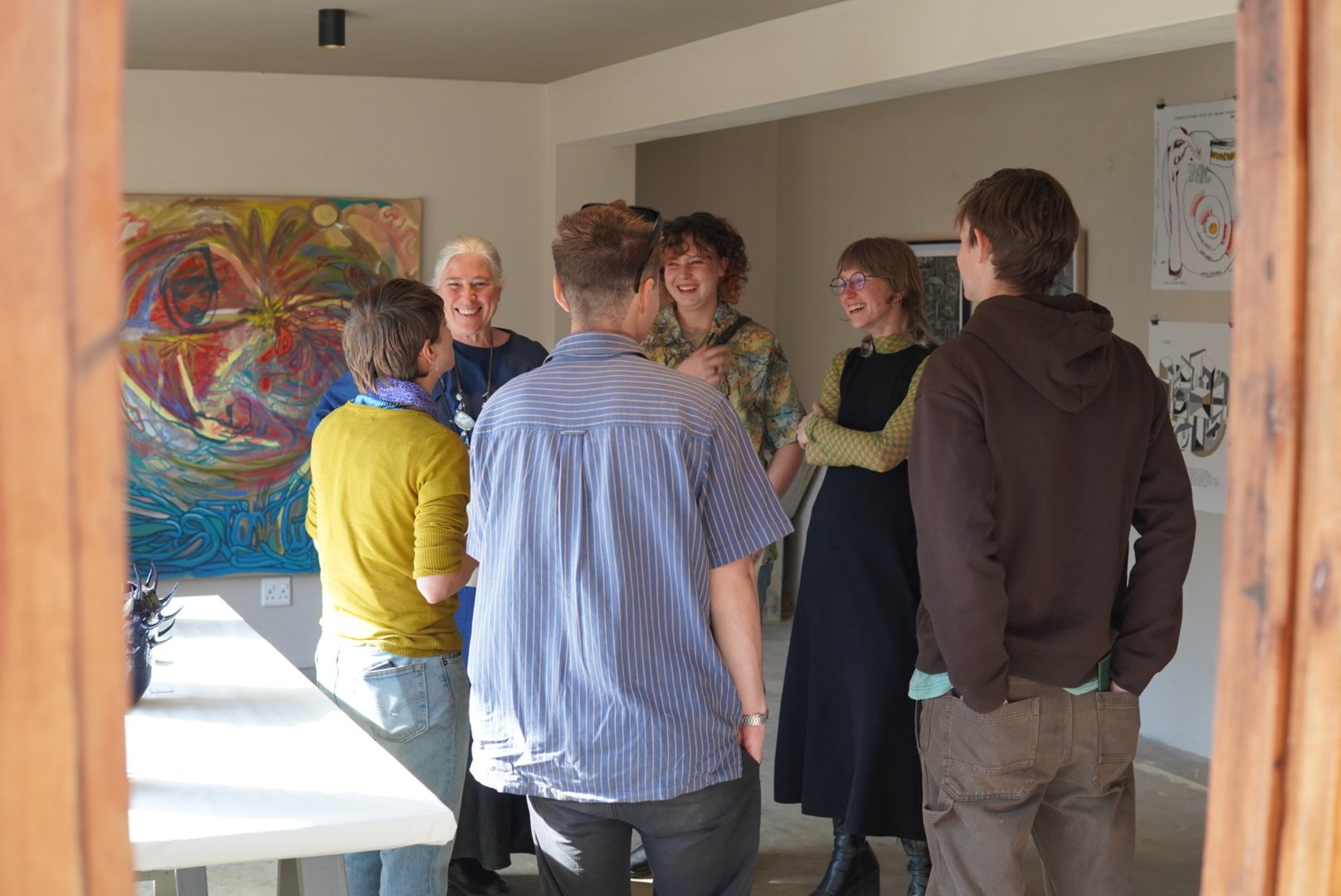
What's exciting to you about the art scene in Joburg?
The underground scene is the most exciting to me; the people putting on their own small-scale exhibitions, the graffiti artists who cover our city in art, the musicians and poets who hang out in bars and share their creations in smokey rooms that smell of beer. The grassroots young artists who are building themselves up and expanding the potential of the art world to include more than high-end galleries and big-time collectors.
Home is...
This city. I've lived in Johannesburg my whole life, and even though I've thought of and even tried to move away, there is something that pulls me back every time.
Your favourite Joburg suburb, and why you choose it?
Melville. While it's a bit grimy and rough around the edges, Melville has always been a playground for creatives. People who are seen as outsiders in society are the backbone of Melville, and you're guaranteed to meet at least one interesting person on a night on 7th Street. It's a student-heavy area, and the youth lead the culture.

"I've lived in Johannesburg my whole life, and even though I've thought of and even tried to move away, there is something that pulls me back every time."
What is a surprising thing people might learn about Joburg by having a conversation with you?
You don’t need a car to get around.
What three things should a visitor not leave Joburg without seeing or experiencing?
Joburg Contemporary Art Foundation (JCAF), their research-based exhibitions are always mind-opening. Keyes Art Mile, especially on Keyes Art Night. With so many galleries and design stores, lovely restaurants, and incredibly dressed socialites, it's a good slice of Joburg life. Smoking Kills, it’s a local [Melville] bar that often has bands and DJs performing.
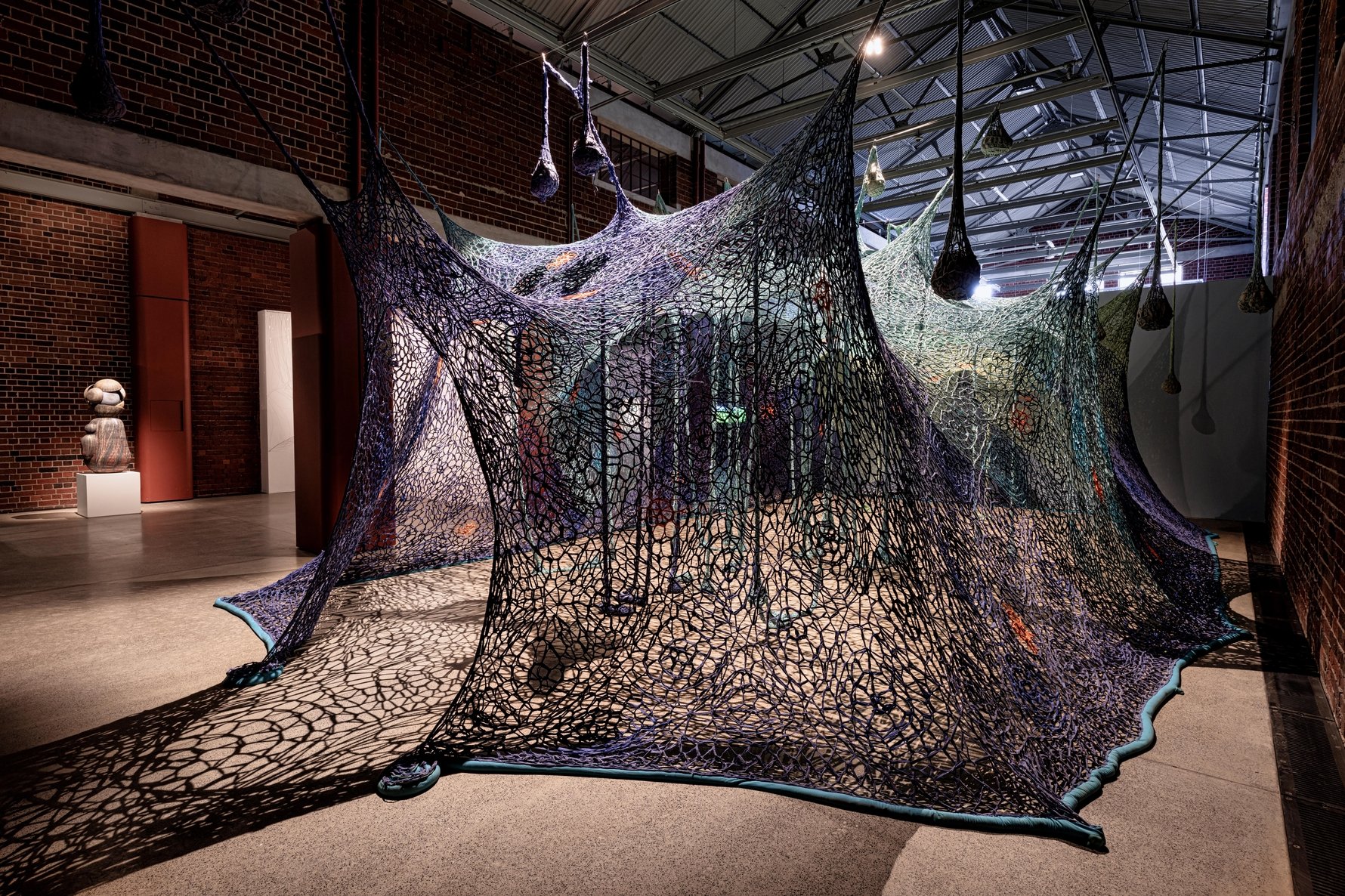
Your favourite Joburg author or favourite Joburg book?
Zoo City by Lauren Beukes.
One song on your Joburg soundtrack that either is about Joburg or makes you think about this city?
Recently Breakdown by Jozi musician Archi.
The most memorable meal you have eaten in Joburg?
Tom yum at Anong in Cyrildene, the best Thai food in the city, no question.
If you could buy one Joburg building which would it be?
Probably the Pink Church in Melville. It's currently for sale if someone wants to get me a birthday present. The space has such potential for installations, exhibitions, and activations, and it's pink.
If you were the Joburg mayor for one day (average tenure) what would you change?
As someone who doesn't have and will probably never get a driver's license, I'd do everything in my power to improve the public transport systems in the city.
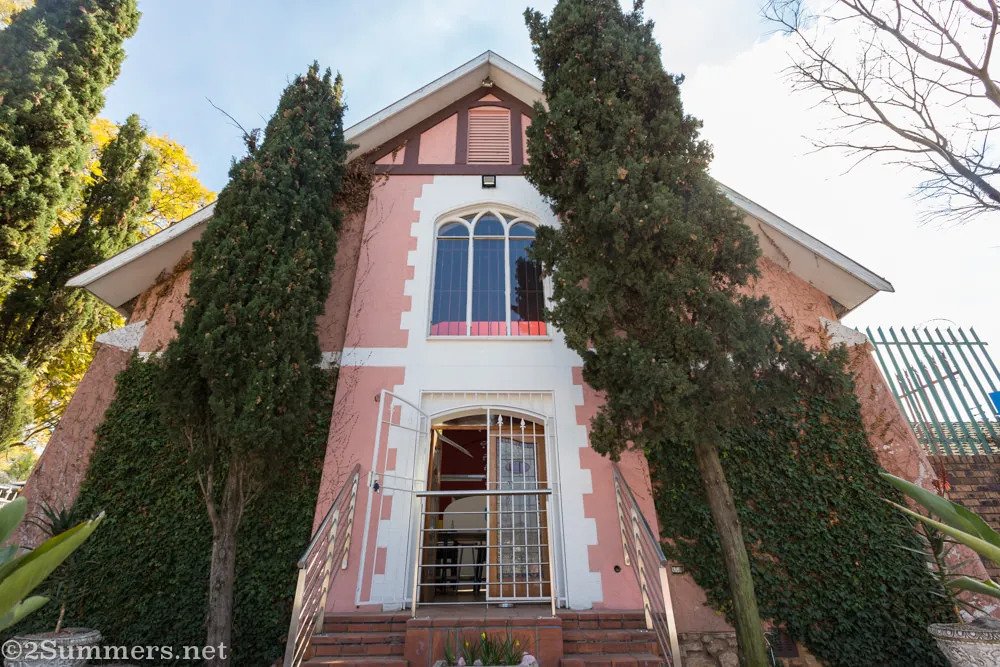
Favourite Joburg label, and why?
Superella. Her [Ella Buter] clothes have such a simple elegance, and the construction of each piece makes them into artworks of their own. If you've been around the Joburg art scene you've seen some Superella; it's almost the uniform of gallery affiliates.
What makes someone a Joburger?
Joburgers are a special breed, there's a certain confidence and coolness, but not cockiness. Since Joburg doesn't have the mountains or beach that Cape Town has, your social engagements are more about who you're doing it with, rather than where you're doing it. You don't realise how friendly we are until you visit somewhere else.
What do you love most about Joburg?
This may be controversial, but it's the grind that I love. The city is soaked in ambition and potential, you can't help but get swept in.
"Joburgers are a special breed, there's a certain confidence and coolness, but not cockiness."
What do you least like about Joburg?
I don't really have an answer for this, maybe the air quality? Although it is fairly hardcore that we are so radioactive. Oh, and no beach.
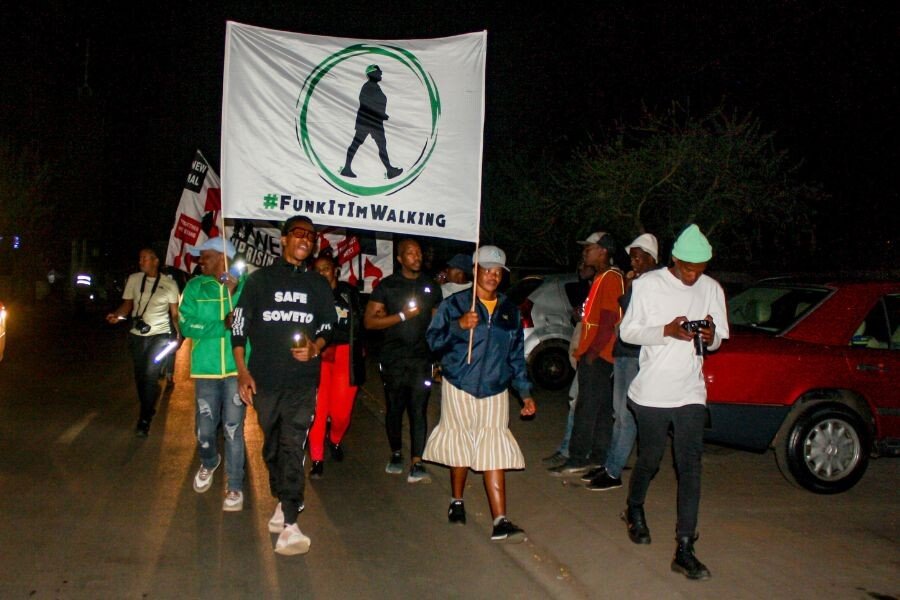
Your number-one tip for a first-time visitor to Joburg?
Do a walking tour. There are some amazing inner-city tours like the Soweto walking tours.
One Joburg personality whom you would honour with the freedom of the city if you could, and why?
This is hard to answer. I think we all have freedom of the city and it's about going out there and experiencing it.
The perfect weekend in Joburg includes...
Surrounded by friends, probably a big fat wiggle at the jol, a lovely afternoon in the park, and a trip to the galleries, all followed by an enormous plate of slap chips at Zoo Lake Bowls.
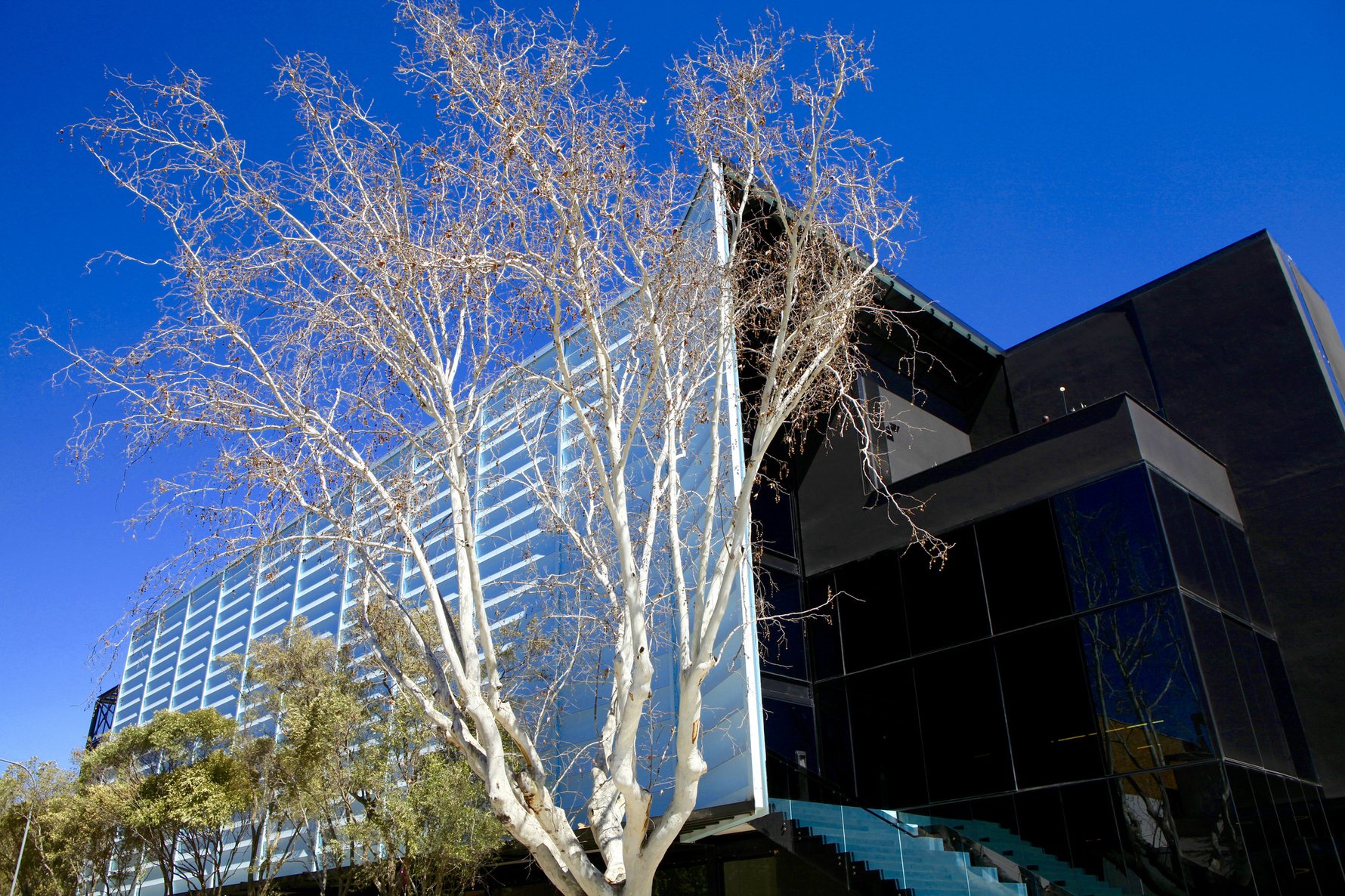
Three words that describe this city.
This isn't three words, it's an extract from a piece by one of The House of Special Things members, but to me it encapsulated the city perfectly.
In Johannesburg there's no power but our power by Gabriel Matthews.
"Very close to the place where your feet pass there is a dreamed city.
It is a city of Paradox.
It is called Johannesburg.
If Michigan makes me think of hot chocolate and snow, then Johannesburg is battery acid and sharp dry air.
There is pride of endurance, a ruthless endless beggary that goes hungry and feeds again."
Check out some of our previous #MyJoburg interviews for more insights into the city:
#MyJoburg with Hannelie Coetzee, artist and placemaker
#MyJoburg with Nobantu Shabangu, couchsurfer and hiker
#MyJoburg with Tamzyn Botha, director at Shade Brixton


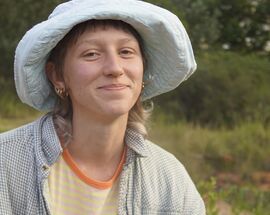
_m.jpg)
_m.jpg)


Comments